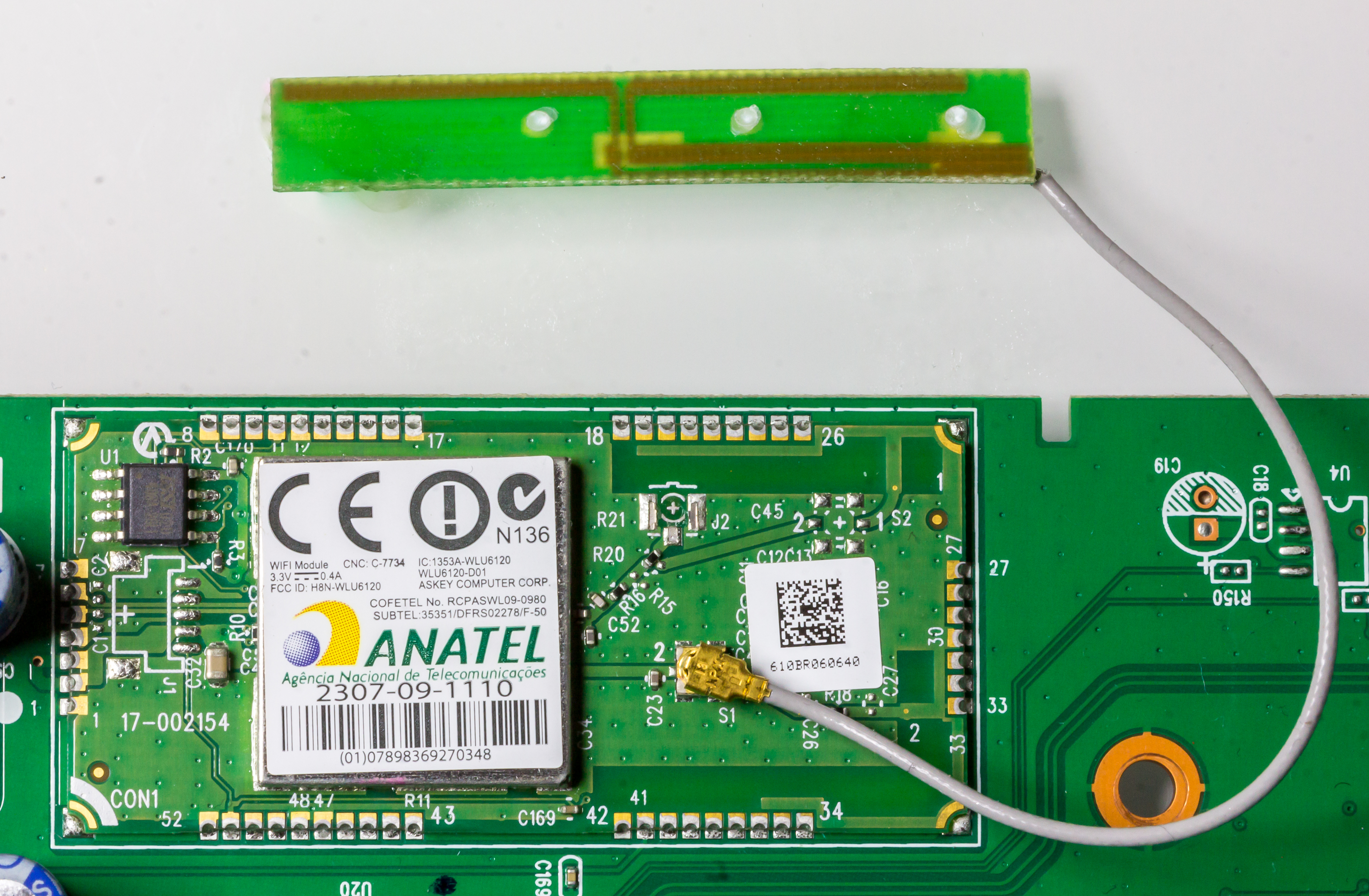|
Brazilian Telephone Numbering Plan
The Brazilian telephone numbering plan uses a two-digit area code plus eight-digit local phone numbers for landlines and nine digits for Mobile phone, mobile lines. Public utility services use short phone numbers (usually three digits), always starting with ''1''. Local dialing As established by ANATEL, the Brazilian federal telecommunications regulatory agency, the format for a local phone number is ''nnnn-nnnn'' (eight digits) for landlines, and ''nnnnn-nnnn'' (nine digits) for mobile lines. The first digits of the local number identify the service associated with the phone number: *''1'': special short #Public utility, public utility numbers (see below) *''2'' to ''5'': landlines *''6'' to ''8'': Unused (Integrated Digital Enhanced Network, iDEN was disestablished in 2018) *''91000'' to ''99999'': mobile phones ''0'' is reserved for #Long-distance dialing, long-distance calls and cannot be used as a local initial digit (see below). ''901'' to ''909'' have been reserved for ... [...More Info...] [...Related Items...] OR: [Wikipedia] [Google] [Baidu] |
National Telecommunications Agency (Brazil)
The National Telecommunications Agency ( pt, Agência Nacional de Telecomunicações) or Anatel is a special agency in Brazil created by the general telecommunications act (Law 9472, 16/07/1997) in 1997 and governed by Decree 2338 of 07/10/1997. The agency is administratively and financially independent, and not hierarchically subordinate to any government agency. Its decisions can only be appealed in court. From the Ministry of Communications, Anatel has inherited the powers of granting, regulating and supervising telecommunications in Brazil as well as much technical expertise and other material assets. See also *Federal institutions of Brazil *List of regulatory organizations of Brazil *Telecommunications in Brazil Brazil has both modern technologies in the center-south portion, counting with LTE, 3G HSPA, DSL ISDB based Digital TV. Other areas of the country, particularly the North and Northeast regions, lack even basic analog PSTN telephone lines. This ... * ANACOM Ex ... [...More Info...] [...Related Items...] OR: [Wikipedia] [Google] [Baidu] |
